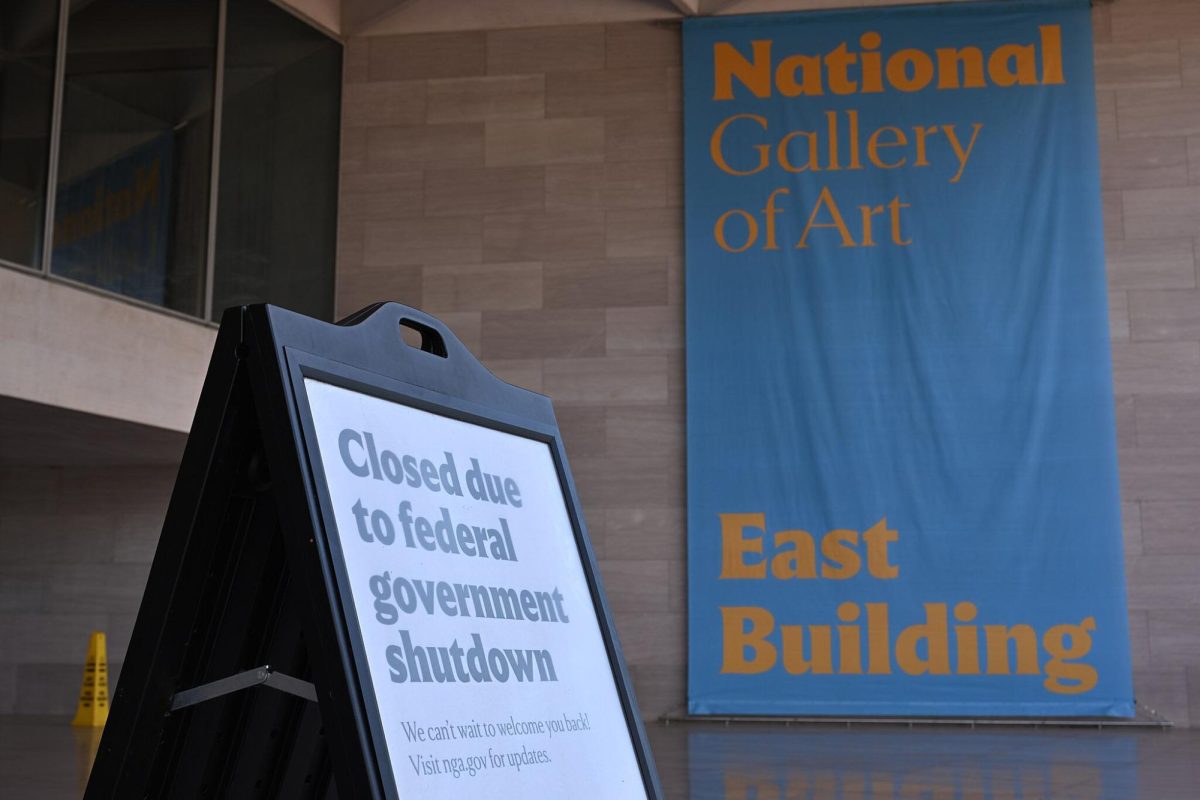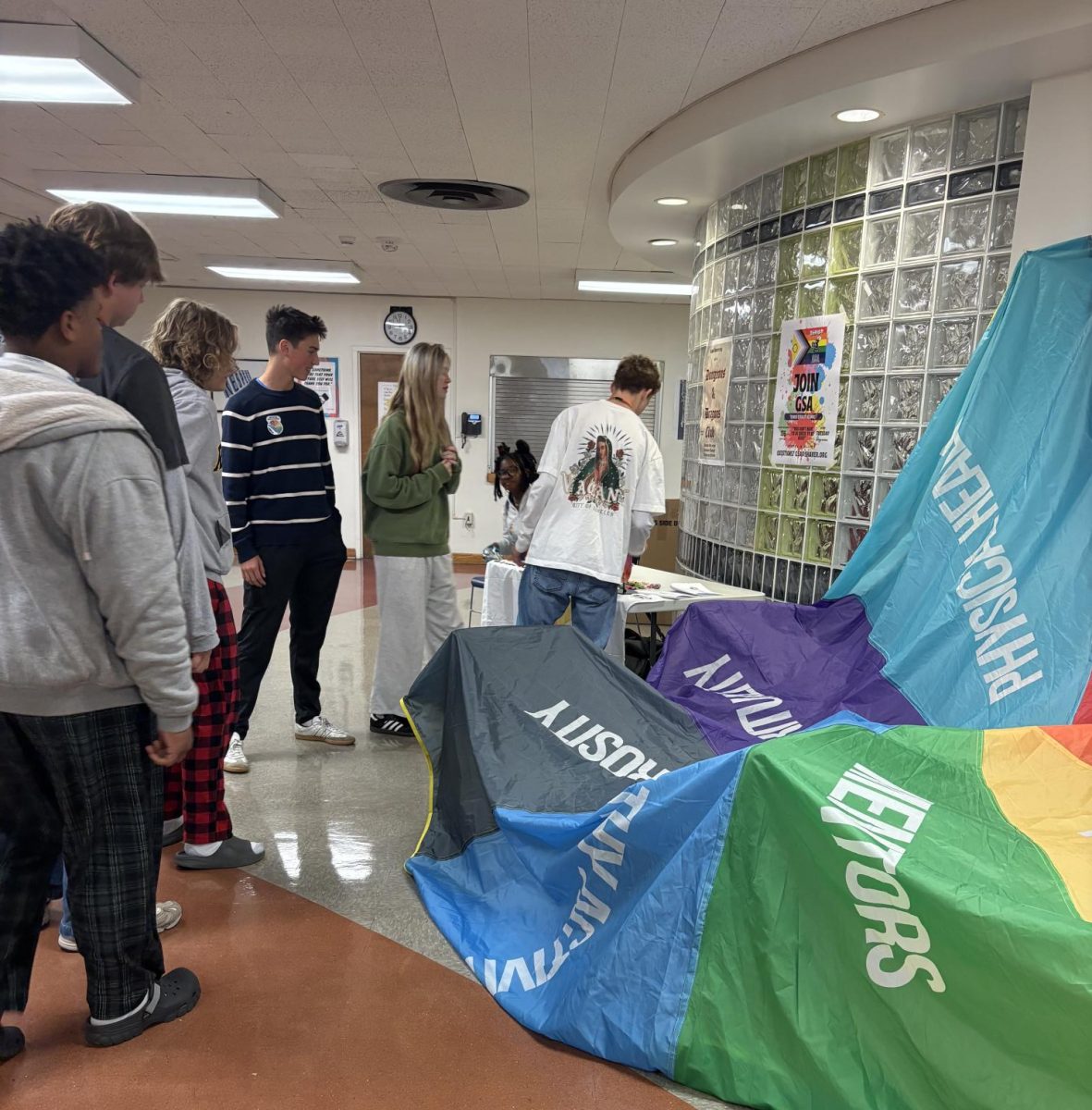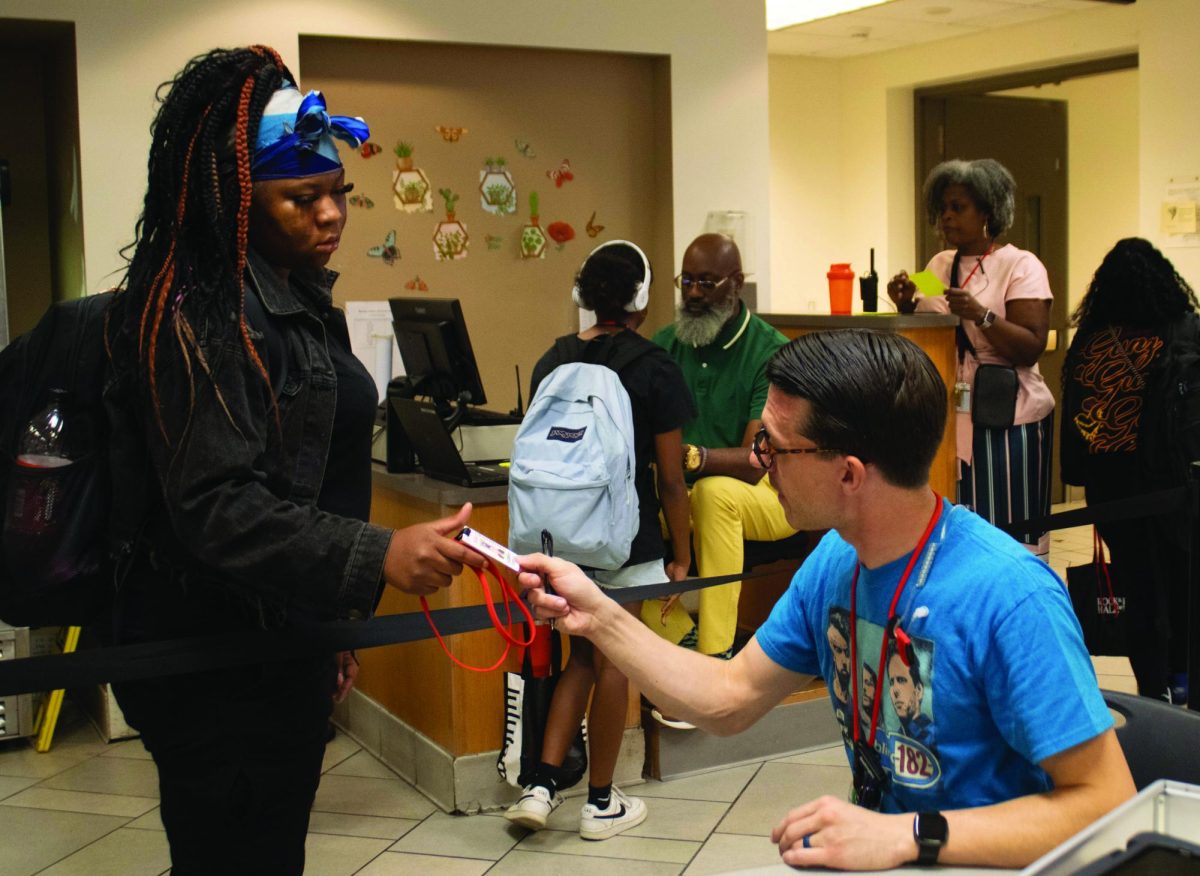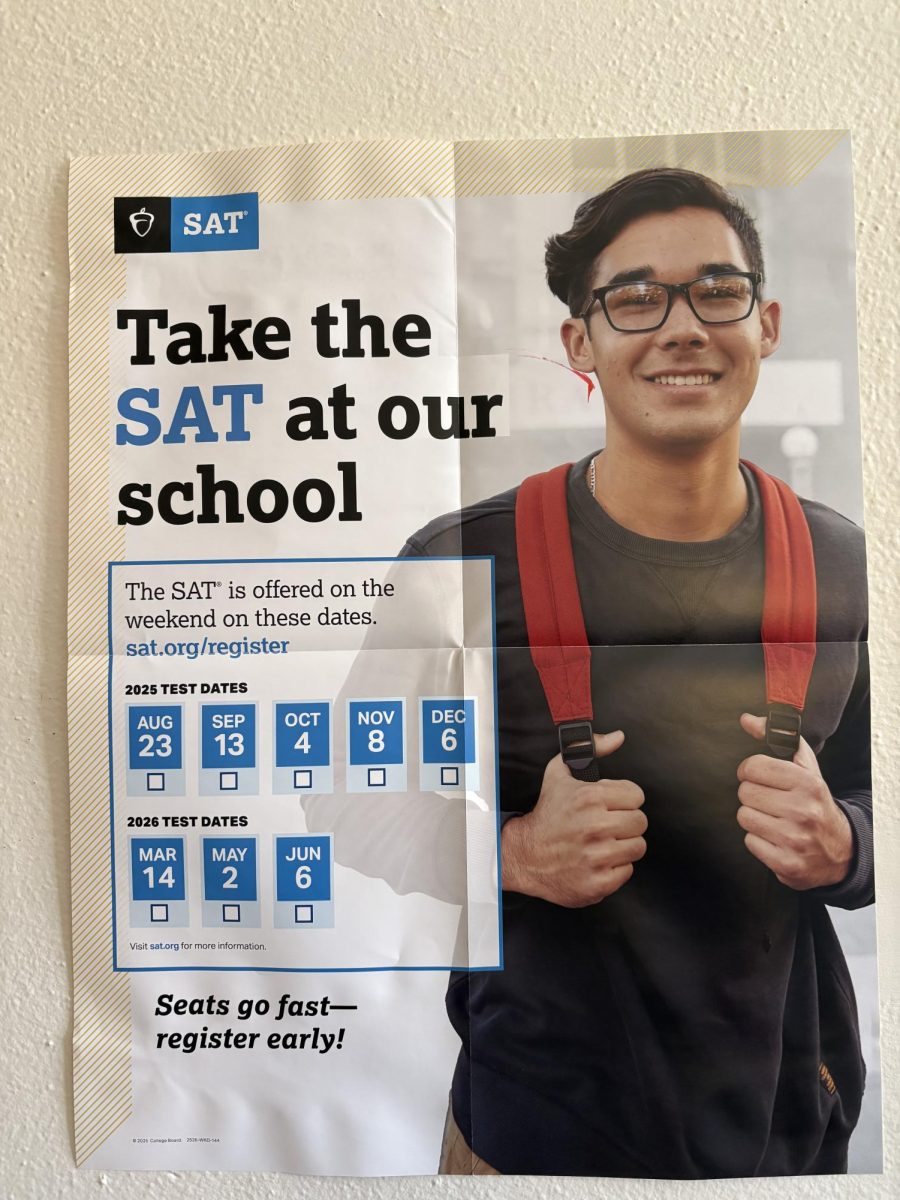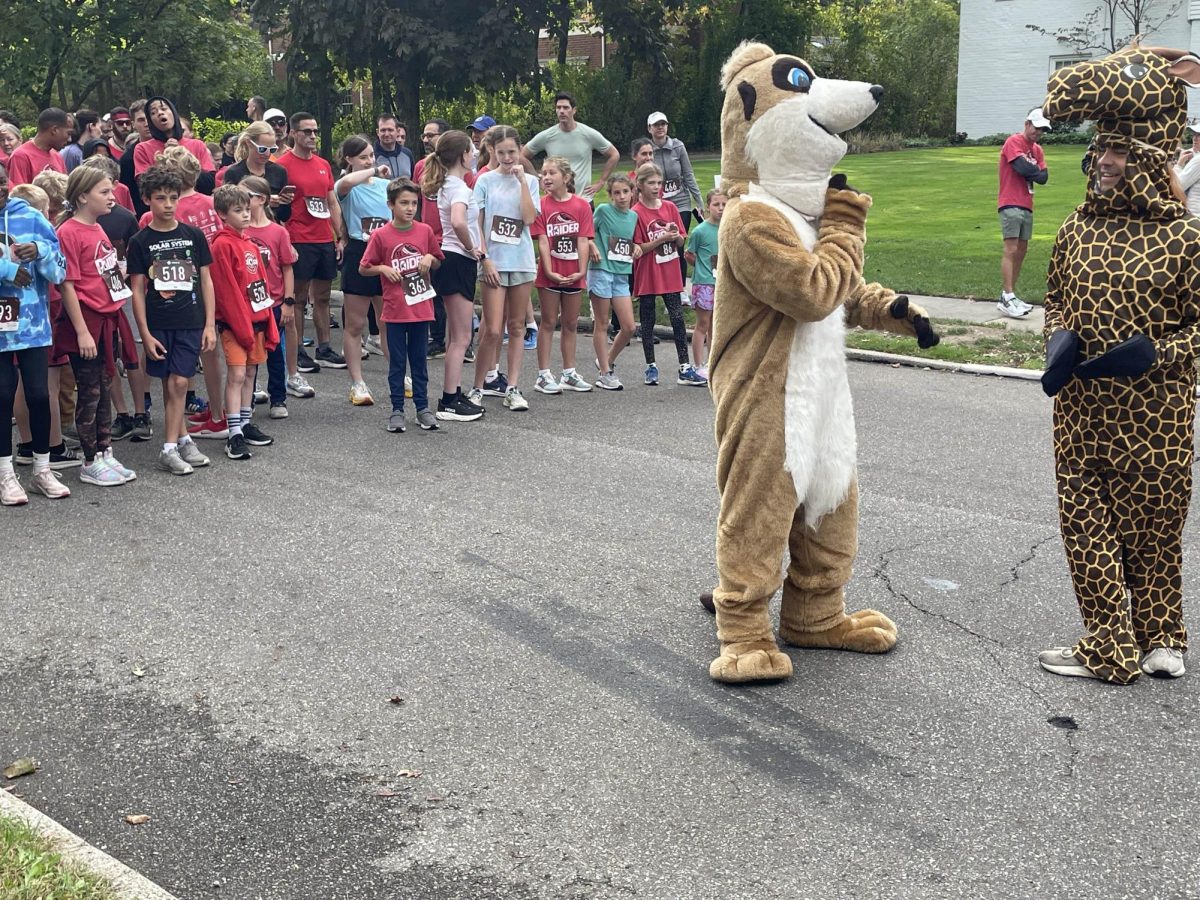It clogged up newsfeeds and blasted Twitter.
In two days, KONY 2012, a 30-minute video exposing Ugandan war criminal Joseph Kony, compiled more than 35 million views. At press time, views exceeded 100 million.
Isaac Hepworth, a Twitter employee, tweeted a chart showing the number of tweets about Kony in just eight days. The chart shows that on March 8 there were approximately 9.45 million Kony tweets.
Students immediately supported the cause by tweeting, changing their Facebook pictures and posting statuses about the campaign to make Kony a household name. They raised the subject in classrooms throughout the school.
The video that gripped students is a product of the charity Invisible Children, which accepts donations and sells an action kit for $30. Following the release of the film, videos of unboxing the action kit, blog posts titled, “I have my kit, do you?” and other posts flooded the Internet almost instantaneously.
Shortly thereafter, Kony 2012 continued to dominate the news, social media and classrooms, but some of the students’ enthusiasm began to wane after careful investigation.
“After I donated $25, I did some research. I felt that the program was not honest,” senior Tyler Straffon said.
Straffon was not the only one to discover that Invisible Children does not donate all of the money received, and he wasn’t the only one to feel betrayed.
Rumors have continued to grow, and one alleged that only 32 percent of the money Invisible Children collects goes to direct aid of people in Africa.
In a March 8 interview with Good Magazine, Jedidiah Jenkins, Invisible Children’s Director of Ideology, said, “Thirty-seven percent of our budget goes directly to central African-related programs, about 20 percent goes to salaries and overhead, and the remaining 43 percent goes to our awareness programs. The truth about Invisible Children is that we are not an aid organization, and we don’t intend to be. I think people think we’re over there delivering shoes or food. But we are an advocacy and awareness organization.”
At the least, the video could be considered misleading because it does not specifically account for how donations will be used.
“The video, designed to emotionally manipulate, was very effective in doing so,” senior Mary Fowler stated in an email.
Fowler acknowledges the tragic acts of Kony and his followers, but she doesn’t support Invisible Children.
“One of my biggest problems with [Invisible Children] is that they work with both the Ugandan Army and Sudan People’s Liberation Army. Both armies are accused of the same atrocities as Kony’s fighters,” she stated.
Straffon and Fowler both believe that the sudden awareness will soon fade.
Created by Jason Russell, the film was designed for an outbreak on social media. Within the video, instructions were given on how to share on Facebook, Twitter and YouTube.
Straffon believes that the issue will eventually die out if not solved quickly. He also believes that Kony will be captured, but not for awhile.
Junior Maggie Butler also believes that Kony will be captured with the help of the United States.
“We definitely have the technology to find the people who commit crimes against humanity. If they want to find him, they will,” Butler said.
Fowler stated, “I think Kony will be ultimately captured, but that will by no means solve everything, or even anything.”
A version of this article appeared in print on 20 March 2011, on page 11 of The Shakerite.


